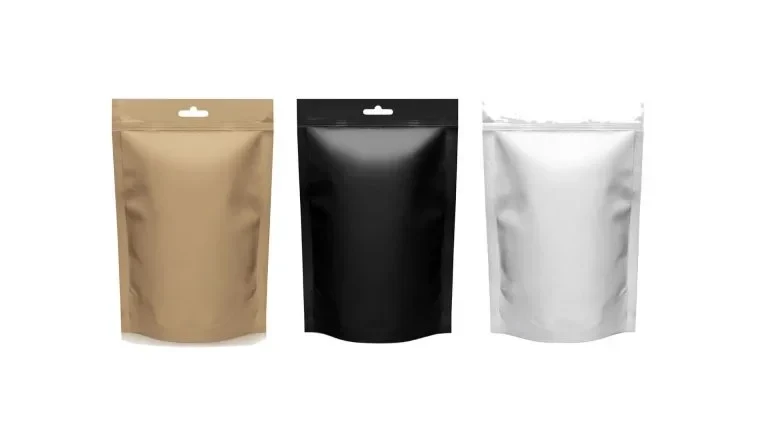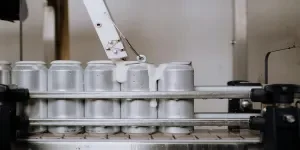The evolution of smart and interactive flexible packaging is emerging as a transformative force in the packaging industry.

In the ever-evolving landscape of packaging, the integration of technology has opened up exciting possibilities for enhancing consumer engagement and product functionality.
One of the most promising developments is the advent of smart and interactive flexible packaging.
This innovative approach not only transforms the traditional role of packaging but also offers a myriad of benefits for both consumers and businesses.
1. The rise of interactive packaging: beyond traditional boundaries
Traditionally, packaging has been seen as a protective layer for products, serving the primary purpose of preserving the contents within. However, with the integration of smart technology, packaging is now breaking free from its conventional constraints.
Interactive packaging goes beyond being a passive covering; it becomes an active participant in the consumer experience.
Imagine a scenario where a simple scan of a product’s packaging with a smartphone opens up a virtual world of information. From product details and usage instructions to promotional offers and sustainability initiatives, interactive packaging serves as a gateway to a wealth of information.
This not only empowers consumers with knowledge but also provides brands with a direct channel to engage with their audience.
For example, a food product’s packaging could include a QR code that, when scanned, leads the consumer to a webpage featuring recipes, nutritional information, and even a community forum for sharing cooking tips.
This level of interaction creates a memorable and personalised experience for the consumer, fostering brand loyalty.
2. Smart packaging for real-time monitoring and traceability
The advent of Internet of Things (IoT) technology has ushered in a new era of smart packaging, enabling real-time monitoring and traceability throughout the supply chain.
This is particularly valuable for industries where maintaining optimal conditions during transportation and storage is critical, such as pharmaceuticals and perishable goods.
Smart sensors embedded in flexible packaging can transmit data on temperature, humidity, and other environmental factors to a centralised system.
This data can be accessed in real-time, allowing businesses to ensure the quality and safety of their products. In the pharmaceutical sector, for instance, smart packaging can help monitor the temperature of sensitive medications during transit, ensuring that they reach the end consumer in optimal condition.
Moreover, the traceability aspect of smart packaging provides transparency for consumers who are increasingly concerned about the origin and authenticity of the products they purchase.
Through a simple scan, consumers can trace the entire journey of a product, from manufacturing to delivery, instilling trust and confidence in the brand.
3. Enhancing sustainability through smart packaging innovations
The pursuit of sustainability is a driving force in today’s packaging industry, and smart packaging is making noteworthy contributions to this cause.
By integrating technology with eco-friendly materials, packaging professionals can create solutions that not only reduce environmental impact but also enhance the overall sustainability of the supply chain.
One example is the development of smart packaging with embedded sensors that monitor product freshness. This can help minimise food waste by alerting consumers when a product is approaching its expiration date.
By reducing instances of premature discarding, smart packaging aligns with the global push towards more sustainable consumption patterns.
Additionally, smart packaging can play a role in improving recycling processes. Embedded RFID tags or QR codes can provide information on the materials used in the packaging, facilitating sorting and recycling efforts.
This not only supports recycling initiatives but also helps consumers make informed choices about the products they purchase, based on the materials’ recyclability.
Ultimately, the exploration of smart and interactive flexible packaging represents a significant leap forward in the packaging industry.
As technology continues to advance, the potential for creating packaging solutions that are not only functional but also interactive, traceable, and sustainable is boundless.
Embracing these innovations is not just about staying ahead in a competitive market; it’s about reshaping the future of packaging for the better – a future where packaging is not merely a container but an intelligent, dynamic part of the overall consumer experience.
Source from Packaging Gateway
Disclaimer: The information set forth above is provided by packaging-gateway.com independently of Alibaba.com. Alibaba.com makes no representation and warranties as to the quality and reliability of the seller and products.



